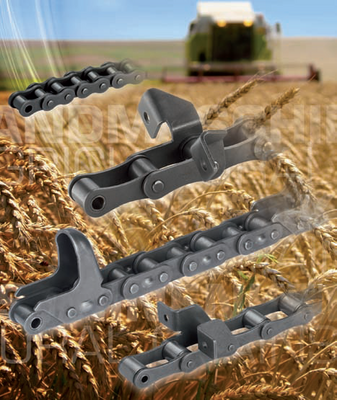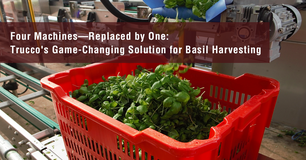A chain typically wears in the actual links, with the abrasion on the studs and bushes causing elongation of the chain. Generally speaking, the greatest amount of wear is to be found on the chain studs. For this reason, many approaches taken by chain manufacturers to finding the solution to this problem aim to increase the studs’ resistance to wear. As a result, there is a multitude of different stud coatings now in use in the chain market.
In most cases, these solutions have not been developed with a specific application in mind, rather are based on standardised ambient and application conditions. However, experience in the field shows that different coating processes can to a certain extent also produce different results under different service conditions.
Therefore, the Donghua Chain Group decided some years ago to adopt an application-specific optimisation approach to developing its products. A coating that is oriented specifically to the prevailing application conditions does verifiably lead to a considerably longer useful lifespan. To achieve this, they naturally works hand in hand with original equipment manufacturers, who know the service conditions under which their products operate like the back of their hand.
The latest example of this is the development of a special hard chromate conversion coating for use in agricultural machinery. The service conditions in the agricultural sector are characterised by moisture in combination with abrasive materials, such as sand, and frequent shocks or knocks. Depending on the particular application, chains can be worn out after just one season.
The aim of the development project was to double the service life of the chain. To this end, a range of different coatings have been lab-tested under simulated ambient and application conditions and using a variety of different coating technologies. After a ‘longlist’ of coating and coating-process pairings had been drawn up on the basis of the laboratory results, the chains were sent out for field trials, because it’s only in the field that the chains demonstrate whether or not they actually live up to the rigours and expectations of practical application.
In this case, a special form of hard chromate conversion coating led to a significant lengthening of the chains’ lifespan. Apart from having a uniform thickness, the coating must be extremely shock-resistant. Likewise, attention must be paid to ensuring that the bond between the chromate coating and the substrate is optimised, in order to stop the coating peeling off when torques in the chain link are high. Thanks to this application-specific development method, the goal of doubling the service life of the chains has been achieved– while still taking into account economic aspects – and have been put into series production.

















